Table of Contents
Case Study : Driver door speaker not working
Mercedes GL W164 Driver Door Speaker stops working
In this case study, we will explore the diagnostic process and solution for a common issue in the Mercedes-Benz GL 164 model where the driver door speaker not working while the rest of the speakers function correctly. We will detail the steps taken by a technician to identify and resolve the problem, highlighting the challenges and technical expertise required to fix such issues.

Problem Description
A Mercedes GL W164 owner reported that the driver door speaker not working, although the other speakers in the vehicle were functioning properly. This specific problem required a detailed diagnostic approach to identify the root cause and implement an effective solution.
Initial Diagnosis
Technician’s First Guess: Defective Wiring Harness
- The technician initially suspected a defective wiring harness between the body and the door. This is a common issue as the movement of the door over time can cause wear and tear on the wiring.
- Wiggling the Harness: To test this theory, the technician opened the door and wiggled the harness. If the sound came on intermittently, it would indicate a faulty connection.

Detailed Examination
Cutting the Rubber Housing
- After wiggling the harness, the technician did not notice any change in the speaker’s status. The next step involved cutting the rubber housing to examine the wires inside.
- Finding the Bad Wire Connection: Despite a thorough inspection, no bad wire connection was found.
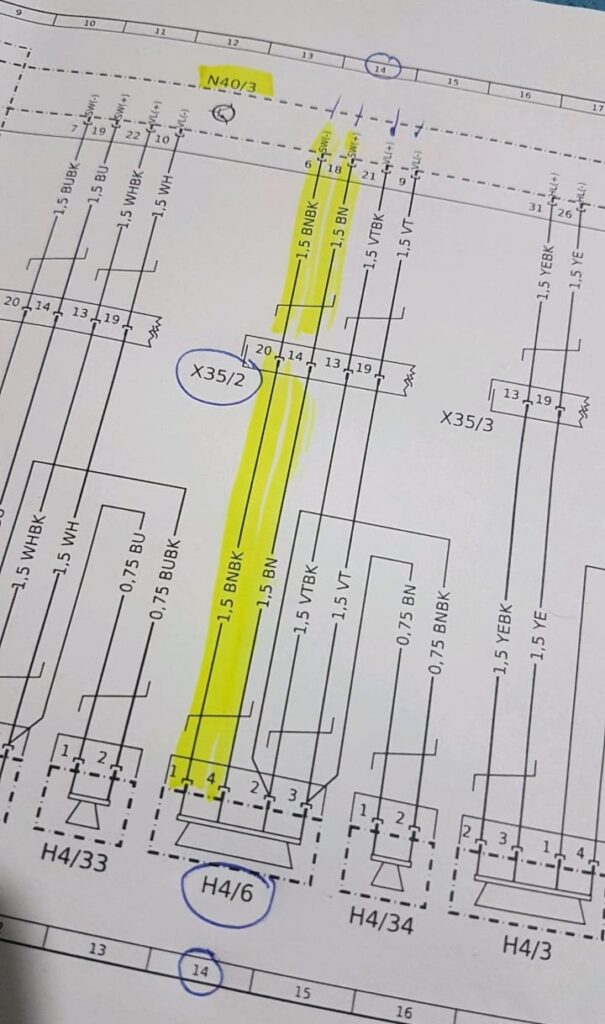
Testing the Front Speaker with a 9 Volt Battery
- The technician used a 9-volt battery to test the front speaker. This method checks if the speaker coil is not stuck and verifies correct polarity.
- Procedure: By correctly placing the positive (+) and negative (-) terminals on the speaker, the cone should move outwards when the current is applied.
- Outcome: The test confirmed that the speaker itself was functioning correctly.
Checking the Sound Amplifier Wiring Harnesses
- After verifying that the speaker was not the issue, the technician turned attention to the sound amplifier and its wiring harnesses.
- Inspection: There were no faults found in the sound amplifier wiring harnesses.
Advanced Diagnosis
Sound Amplifier Internal Control Module
- With the speaker and wiring harnesses ruled out, the technician focused on the internal control module of the sound amplifier.
- Defective Sound IC: The diagnosis revealed that the sound IC (Integrated Circuit) responsible for the right front speaker was defective.
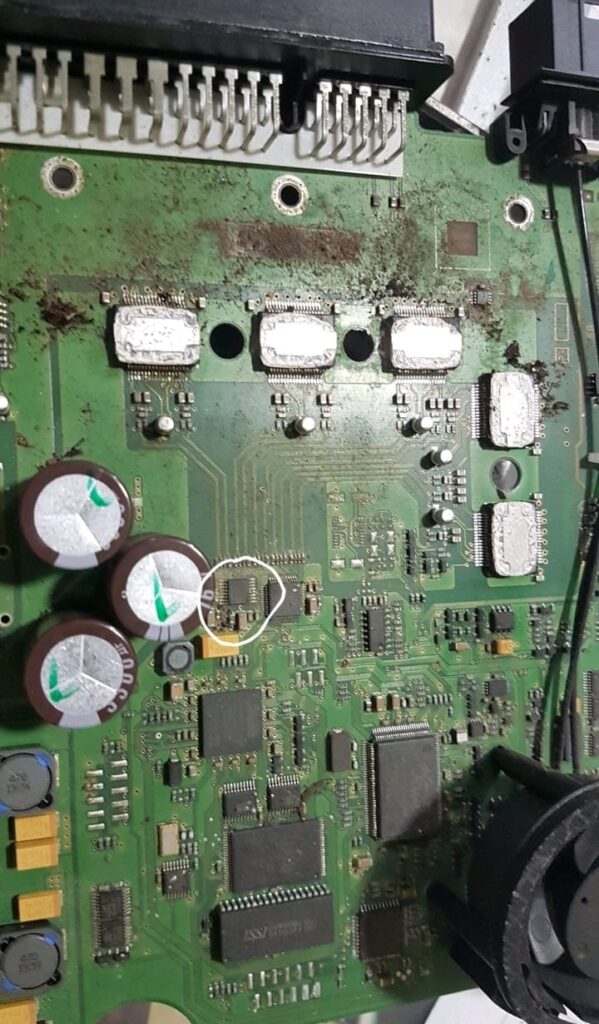
Solution
Replacing the Sound Amplifier IC
- The technician replaced the faulty sound IC in the amplifier.
- Result: After replacing the IC, the driver door speaker started working perfectly, resolving the issue.
Conclusion
Diagnosing and fixing the driver door speaker issue in the Mercedes GL W164 required a systematic approach to identify the root cause. The technician’s expertise in automotive electronics was crucial in pinpointing the defective sound IC after ruling out more common issues like wiring harness faults and speaker defects. This case study illustrates the complexity of modern car audio systems and the importance of thorough diagnostics.
Driver Door Speaker Not Working
If you’ve ever experienced the frustration of a driver door speaker not working, you’re not alone. Many car owners face this issue, and it can be quite annoying, especially if you enjoy listening to music or rely on your car’s audio system for navigation and calls. In this article, we’ll explore the common causes of this problem, provide diagnostic steps, suggest DIY solutions, and discuss when to seek professional help. We’ll also offer tips on how to prevent this issue from happening in the future.
What causes a speaker to stop working?
Electrical Issues
- Blown Fuse: A blown fuse can disrupt the power supply to your speaker. Fuses can blow due to power surges or wear and tear.
- Loose or Damaged Wiring: Over time, wiring connections can become loose or damaged, leading to intermittent or complete loss of audio.
- Malfunctioning Amplifier: If your car has an external amplifier, it could be malfunctioning and not sending power to the speaker.
Speaker Problems
- Blown Speaker: Speakers can blow out due to excessive volume or age, resulting in no sound or distorted sound.
- Damaged Speaker Cone: Physical damage to the speaker cone can affect sound quality or render the speaker silent.
Head Unit Problems
- Faulty Car Stereo: The head unit (car stereo) itself might have issues, such as internal component failures.
- Software Glitches: Modern car stereos with software-based controls can sometimes encounter glitches that affect speaker output.
How to diagnose speaker problems?

Initial Checks
- Inspecting the Speaker and Surrounding Area: Look for visible damage to the speaker or door panel.
- Checking the Balance and Fade Settings on the Stereo: Ensure the audio settings are correctly balanced and not accidentally set to mute or favor another speaker.
Testing Electrical Connections
- Using a Multimeter to Check for Power: Test the wires leading to the speaker to ensure they are receiving power.
- Inspecting the Wiring Harness: Look for any signs of wear, corrosion, or disconnection in the wiring harness.
Swapping Components
- Switching Speakers to Test Functionality: Swap the driver door speaker with another speaker in your car to see if the issue persists.
- Testing with an External Speaker: Connect an external speaker to the wiring to determine if the problem lies with the wiring or the speaker itself.

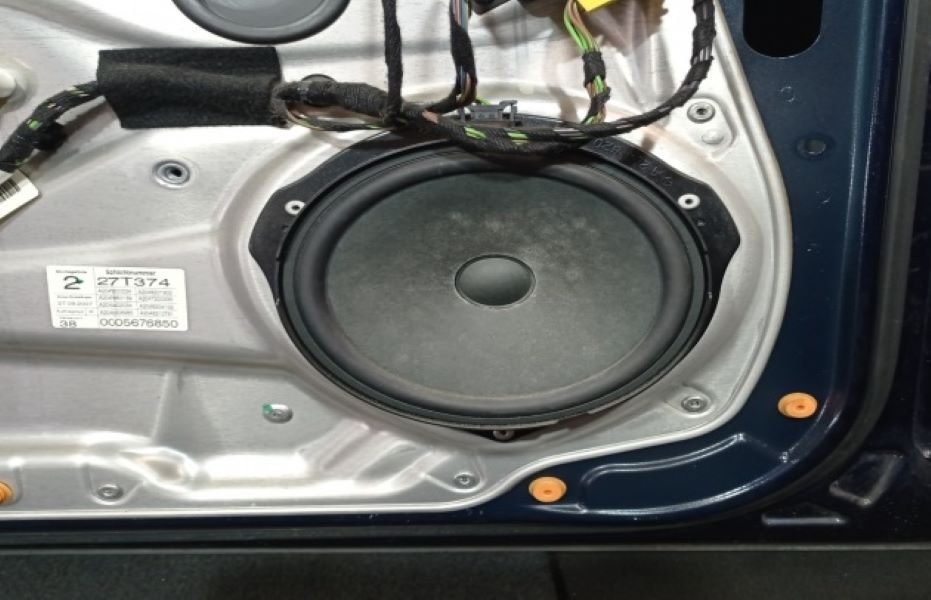


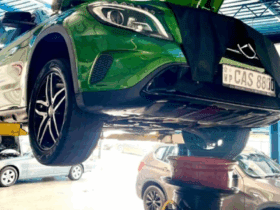
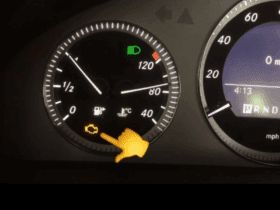
Leave a Reply